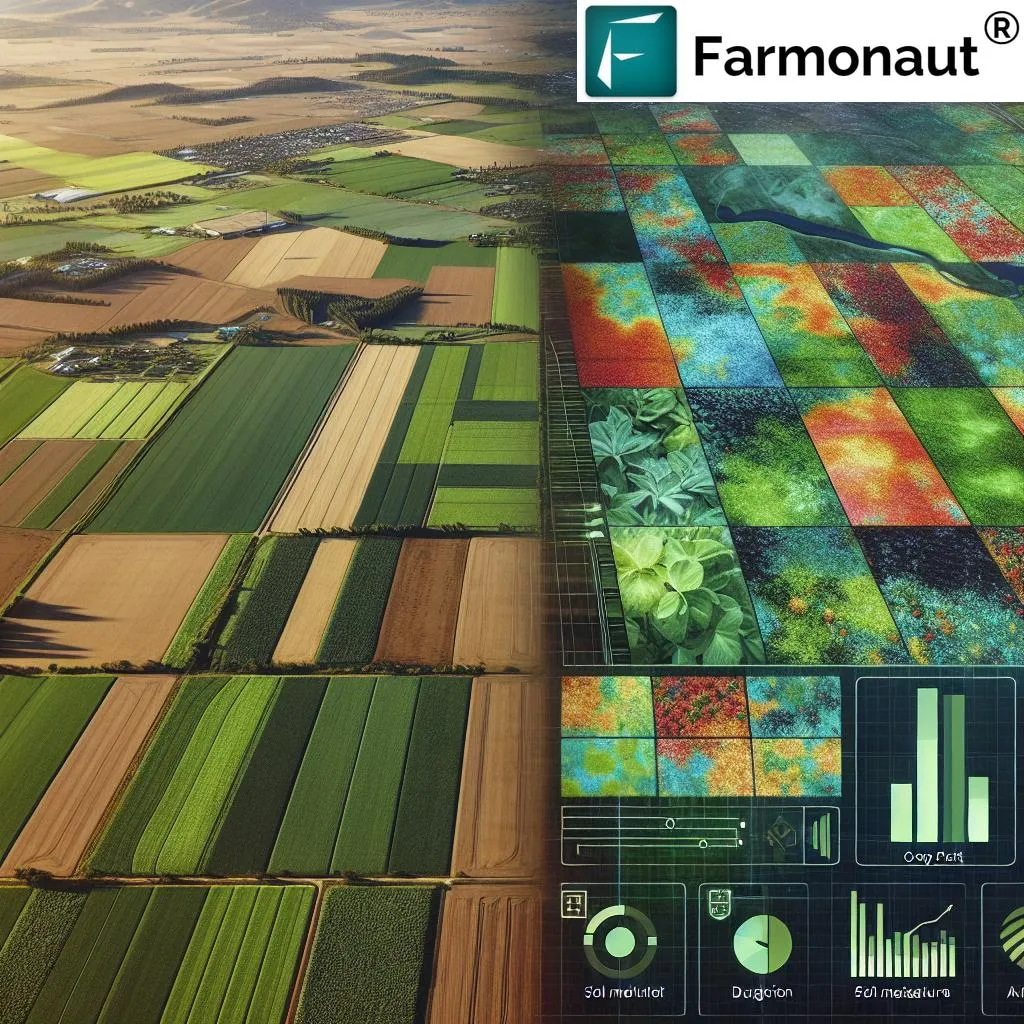In the ever-evolving landscape of remote sensing and precision agriculture, a groundbreaking development has emerged from the School of Computer Science at Guangzhou Maritime University. Jianshang Liao, the lead author of a recent study published in the Canadian Journal of Remote Sensing (translated as the Canadian Journal of Remote Sensing), has introduced a novel approach to hyperspectral image classification that promises to revolutionize how we interpret and utilize spectral data. This advancement could have profound implications for the energy sector, particularly in precision agriculture and forestry management.
Hyperspectral imaging, a technique that captures information across hundreds of narrow spectral bands, has long been recognized for its potential in terrain identification and scene understanding. However, the complexity of high-dimensional spectral data, coupled with high interclass spectral similarity and diverse spatial scales, has posed significant challenges. Liao’s research addresses these hurdles head-on with the introduction of the Multiscale Dual-Channel Spatial Attention Network (MSDANet).
MSDANet is a sophisticated neural network designed to enhance classification performance by combining multiscale feature extraction with a dual-channel spatial attention mechanism. “The key innovation lies in our ability to adapt to targets at different scales and enhance both spectral and spatial features,” Liao explains. This adaptability is achieved through parallel multibranch structures and dilated convolutions, which improve the model’s flexibility in handling various scales of data.
One of the standout features of MSDANet is its incorporation of depthwise separable convolutions and lightweight attention modules, which significantly reduce computational complexity. This efficiency is crucial for real-world applications where processing power and speed are often limited. “We wanted to ensure that our model was not only accurate but also practical for field use,” Liao adds.
The effectiveness of MSDANet has been thoroughly validated through experiments on three benchmark datasets: Indian Pines, Pavia University, and Kennedy Space Center. The results are impressive, with overall classification accuracies of 96.07%, 96.85%, and 94.20%, respectively. These figures represent a significant leap forward compared to existing methods, demonstrating the potential of MSDANet to transform various industries.
For the energy sector, the implications are particularly exciting. In precision agriculture, accurate crop type identification and health monitoring are essential for optimizing resource use and maximizing yields. MSDANet’s ability to handle complex scenes and few-shot learning scenarios makes it an invaluable tool for farmers and agronomists. Similarly, in forestry management, precise species classification and sustainable resource assessment are critical for maintaining ecological balance and ensuring long-term sustainability.
The research also highlights the importance of feature fusion strategies, employing residual connections and adaptive fusion to enhance feature extraction effectiveness. This innovative approach not only improves classification accuracy but also ensures that the model can generalize well to new and unseen data.
As we look to the future, the potential applications of MSDANet extend far beyond agriculture and forestry. The energy sector, in particular, stands to benefit from advancements in remote sensing technologies. Whether it’s monitoring solar farms, assessing wind turbine sites, or managing vast tracts of land for renewable energy projects, the ability to accurately classify and interpret spectral data is invaluable.
The publication of this research in the Canadian Journal of Remote Sensing underscores its significance and relevance to the scientific community. As Jianshang Liao and his team continue to refine and expand the capabilities of MSDANet, we can expect to see even greater advancements in the field of hyperspectral image classification. The journey towards more efficient, accurate, and sustainable resource management has taken a significant step forward, thanks to the pioneering work of Liao and his colleagues.

